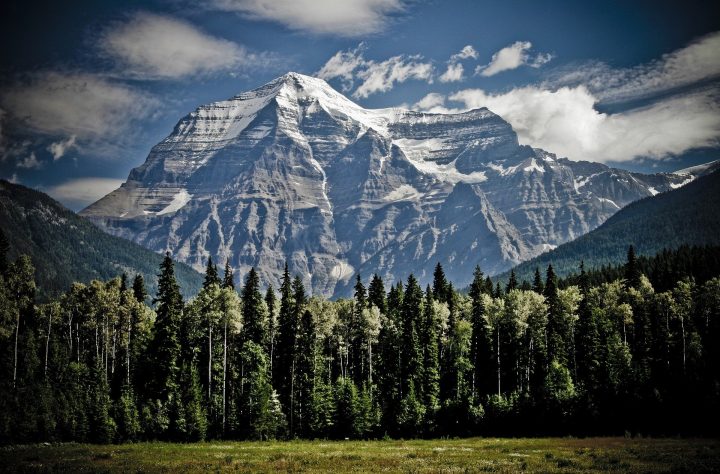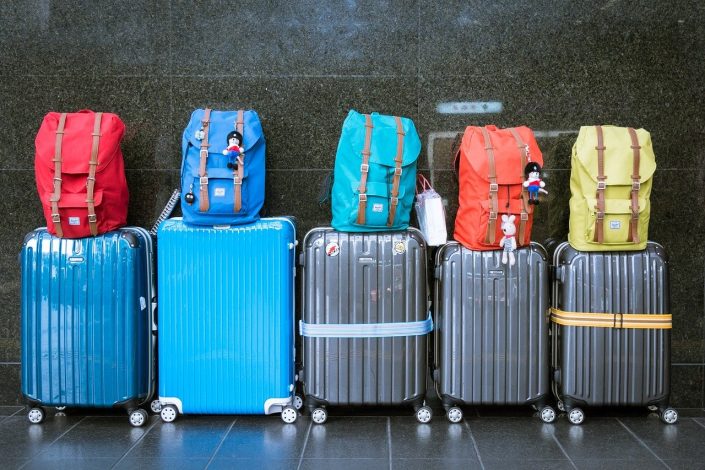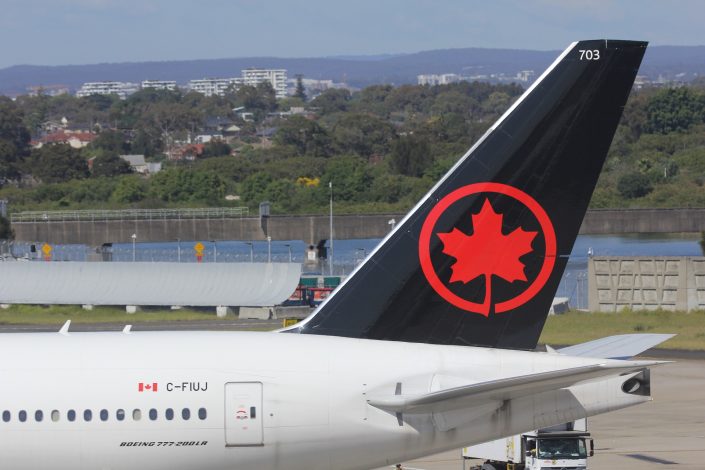Western Canada is an excellent destination for anyone who loves the great outdoors. Whether you want to enjoy hiking in the summer or snowshoeing in the winter, you’ll find fresh air and breathtaking scenery throughout British Columbia and Alberta.
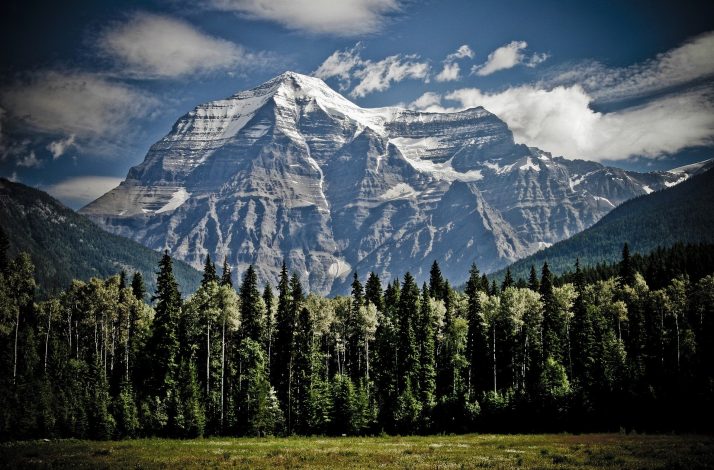
What you pack depends upon what you plan to do. Visitors to Western Canada often go with fish finder, hunting, climbing, hiking, and camping. During the summer, sailing, sailboarding, sea kayaking, whitewater rafting, and kayaking are also popular. During the winter, many head to Western Canada to enjoy skiing and snowboarding.
What to Pack
Whether you’re planning on traveling light or carrying extra bags, the principles are the same. You must bring everything you need but nothing you don’t. This is how I do it.
Make six lists
Before you squeeze your hiking boots into your suitcase, consider exactly what you need. If you make lists, you can ensure you don’t double pack anything or leave behind anything essential.
Write your lists down so you can see what you’re doing and cross off items as you pack. My six lists cover:
- Preparation
- Clothing
- Equipment
- Toiletries
- Essentials
- Food & drinks
Preparation
Before you book your plane tickets, there are things you need to check. Check your passport expiry date. And unless you’re a US citizen, you’ll need an Electronic Travel Authorization (eTA) or visa to enter Canada by air.
If you plan to drive in Canada, ensure your driving license is valid and obtain an International Driving Permit. Make photocopies of documents, such as your driver’s license and passport, before traveling and keep these separate to the originals.
Clothes
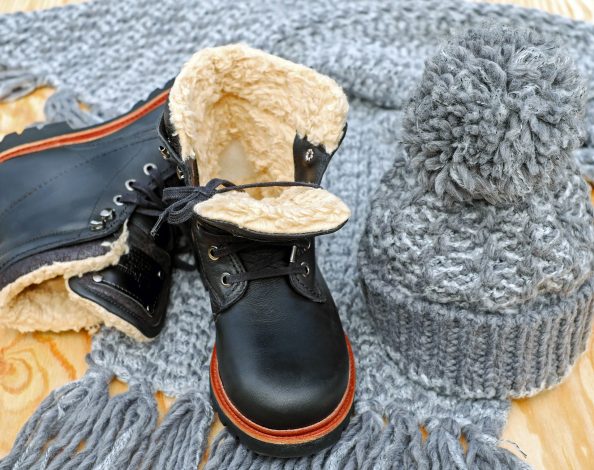
If you’re traveling to Western Canada in winter, you’ll need layers. Remember two thin layers are often better than one thick layer. There are also heated layers you can buy that reduce the number of clothes you must wear, such as electrically heated vests and socks.
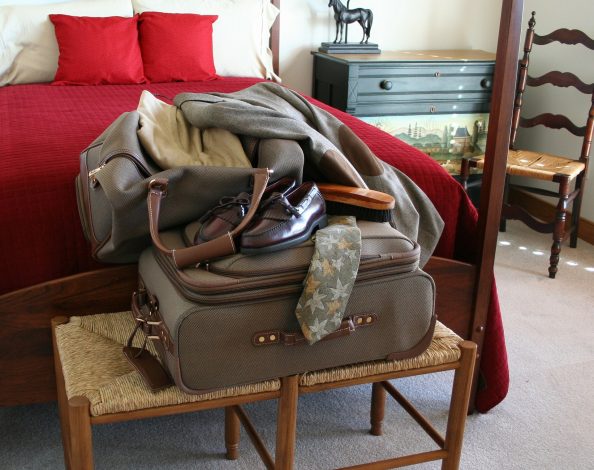
Equipment
Unless you’re a professional skier or climber, you might like to hire some of the equipment when you get there. However, you may have equipment you’re accustomed to and want to take along.
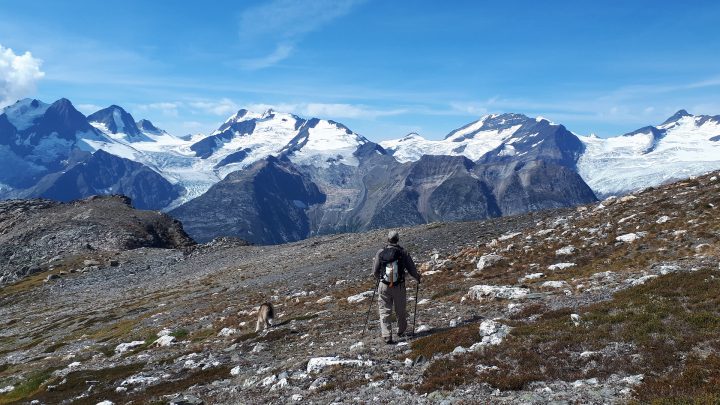
The equipment you pack will depend on what you want to do in Western Canada. If you want to hike in the wilderness, you might want to take along a hiking GPS unit. And keen birdwatchers or animal lovers may own a wildlife camera.
When you actually go on a hike, or a snowshoeing or cross-country skiing adventure, you’ll need to pack certain things in your backpack. For example, emergency rations, the means to make a fire, and a first aid kit. If you’re short on space, you can buy these when you get there.
Toiletries
You might want to make a separate list for things you must buy in Canada before starting your adventure. If you’re planning to be out in the snow, winter sunscreen is important. And if you’re hiking with kids, remember things like baby wipes and diapers for the youngest.
Essentials
If you’re caught out on a mountainside in British Columbia miles away from the nearest settlement, there are some things you might need. If any member of your group suffers from allergies, you’ll need an EpiPen. If anyone suffers from a medical condition, their medicine must be on your list.
This list also includes documents, such as your passport and travel tickets. Of course, don’t forget Canadian dollars and your bank cards.
Food & drinks
Obviously, you can buy these when you get there. But before you head off on a hike, ensure you’re taking what you need. Just like when you packed to travel to Western Canada, make lists of what you’ll need.
Organize your Belongings
Whether you’re only taking along hand luggage or filling 5 suitcases, you still need to be organized. Gather all the items from your lists and spread them out across a flat surface.
Seeing everything at once will help you visualize where in your luggage you will arrange everything. Before you begin packing, you should ensure that your suitcases and carry on bags are empty and not full of things left over from your last vacation.
Pack
When you pack, cross each item off your list. Otherwise, you might pack something twice or forget something. Pack in this order…
Heavy items
Pack your heaviest items first so that they aren’t crushing other things. They should go to the bottom of your hand luggage or suitcase where possible.
Delicate items
Anything that is liable to be damaged during your journey should be set aside for special treatment If possible, you should carry truly delicate items in your hand luggage. Otherwise, try to ensure that delicate items are protected during the journey. For example, by wrapping them inside items of clothing.
Frequently used items
Anything you might need soon or during your journey should go with your hand luggage. If your husband suffers an anaphylactic shock, you’ll want that EpiPen close to hand.
This includes your documents and money. You might like to carry such things in a money belt or fanny pack for extra security.
Everything else
You can fit your clothes and other items between the heavy and delicate items, ensuring that the delicate things stay on top and are well padded. Folding clothes tight and then squeezing out the air before positioning them is important.
Time for Fun!
Once you’ve crossed everything off your lists, you’re ready for an exciting adventure in Western Canada. There are so many exciting activities to do and beautiful things to see there that I know you’ll have fun. However, please do be careful if you’re headed out to remote locations. Always ensure that you let reliable people know where you’re headed and when you plan to get back. If you were cross-country skiing and got caught in an avalanche, you’d want to know that somebody will check in on you.
Check out our Travel Adventure videos below!

